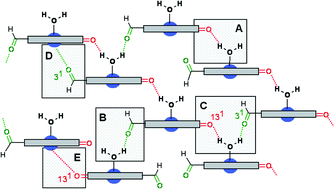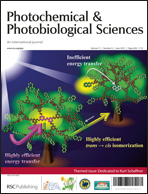Semisynthetic zinc chlorins are shown for the first time to self-assemble in the absence of an intrinsic hydroxy group, which is always present in the chlorosomal bacteriochlorophylls (BChl's) c, d and e. Instead, the presently studied compounds have carbonyl groups. These cannot function as hydrogen bond donating groups. However due to interspacing water molecules bound to the zinc ion, double hydrogen bonding can occur to adjacent tetrapyrrolic macrocycles equipped with carbonyl recognition groups. Solution studies comprising UV-Vis absorption, electronic circular dichroism (ECD) and FT-IR show that different aggregates are formed in hydrated solvents in comparison to dry nonpolar solvents. Single crystal X-ray studies show variable supramolecular interactions either with interspacing water molecules coordinating the Zn ion within a porphyrin or with the 172 carbonyl group of a chlorin ligating the Zn ion. Our findings have implications for a minimalistic design of self-assembling chromophores, which can act as efficient light-harvesting units.

You have access to this article
 Please wait while we load your content...
Something went wrong. Try again?
Please wait while we load your content...
Something went wrong. Try again?


 Please wait while we load your content...
Please wait while we load your content...